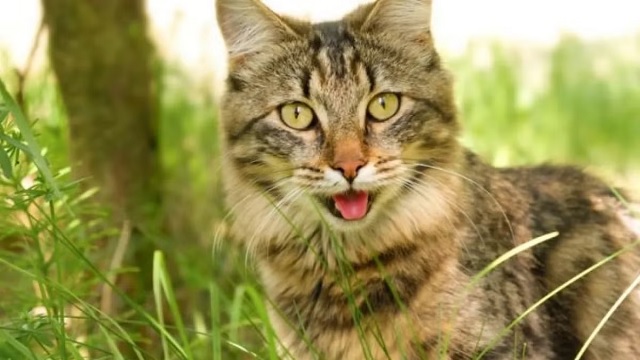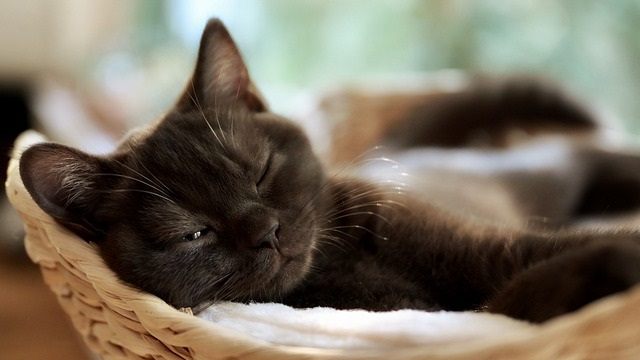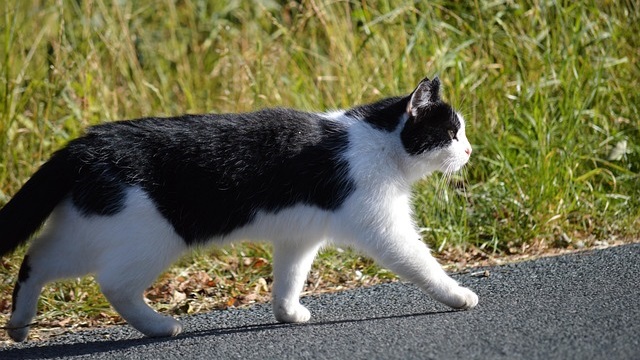Panting in cats can be startling to witness. While it’s normal for dogs to pant after play or during heat, cats don’t usually breathe heavily with their mouths open. If your cat is panting, especially without an obvious reason, it’s important to understand what’s causing it, and when it’s time to act.
Whether it happens during playtime, a car ride, or out of the blue, this guide will walk you through the most common reasons cats pant and when you should worry.
You’ll also learn how Maven Pet can help you spot subtle changes in your cat’s behavior or health, so you can take action early.
Is Cat Panting Ever Okay?
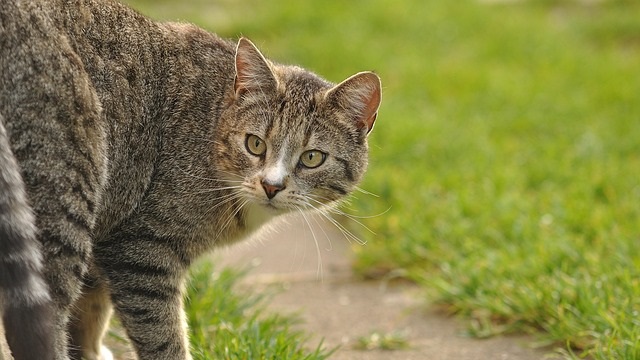
Panting in cats is not typically normal. Unlike dogs, cats don’t regularly pant to cool themselves down. So when a cat starts breathing heavily with an open mouth, it should always raise concern, even if it happens after a moment of intense play or a car ride.
There are a few specific contexts where panting may be temporary, like:
- After intense physical exertion (especially in kittens)
- During highly stressful events, like travel or vet visits
- In extreme heat (though cats generally regulate body temperature differently than dogs)
That said, even in these scenarios, panting is a sign that your cat is pushed beyond comfort, and it should pass quickly. If it doesn’t, or if it happens more than once, it’s time to investigate.
“Cats are masters at hiding discomfort, so panting is never something to dismiss,” says Dr. Carolina Domingues, our in-house veterinarian at Maven Pet. “Any form of open-mouth breathing deserves a closer look.”
And that’s where tools like Maven Pet come in, by detecting early shifts in your cat’s behavior, sleep, or activity levels, it can help you spot trouble before it becomes urgent.
1. Panting After Playing
Some cats, especially kittens or energetic breeds like Bengals or Abyssinians, may pant briefly after intense play. This type of panting should be short-lived and go away once they calm down.
- When to worry: If your cat continues panting long after play ends or seems distressed.
- How Maven helps: Maven monitors activity patterns and rest periods. If your cat’s recovery time is unusually long, the app may flag it for review.
2. Panting in the Car
Cats often associate car rides with stressful events like vet visits. The noise, motion, and unfamiliar surroundings can cause short-term anxiety panting. If your cat is panting in the car and doesn’t settle after the journey, it could be a sign of a deeper issue.
- When to worry: If panting continues long after the car ride ends or is accompanied by vomiting or vocalization.
- How Maven helps: Maven picks up on patterns of stress, like increased restlessness or disrupted sleep after stressful events, making travel and transitions easier to manage.
3. Panting in the Heat
Cats do not sweat like humans. In hot weather, they might pant to cool down, especially if their environment lacks airflow or shade. This behavior is often seen in brachycephalic dog breeds and can occur in cats with flat faces too.
- When to worry: If panting is accompanied by lethargy, drooling, or red gums. This could be heatstroke or respiratory distress.
- How Maven helps: Maven tracks nighttime restlessness, a common symptom when pets can’t regulate their body temperature properly. If breathing in cats becomes erratic during heat, Maven will highlight these changes.
Why Is My Cat Panting With Her Mouth Open or Like a Dog?
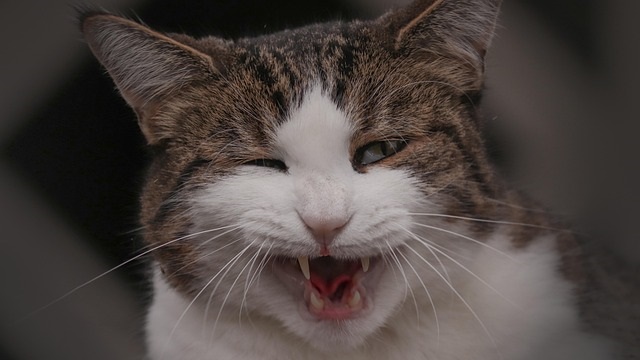
Open-mouth panting in cats is not typical. If your cat is sitting with her mouth open and breathing heavily like a dog, it’s a sign that her body is under stress or struggling to get enough oxygen. This could stem from a medical condition like asthma, a respiratory infection, or heartworm disease.
- Possible causes: Stress, pain, heat, heart disease, or a respiratory condition.
- What to do: If this happens more than once or without an obvious trigger, consult your vet. If accompanied by other symptoms, seek emergency care.
5 Health Conditions That Cause Panting in Cats
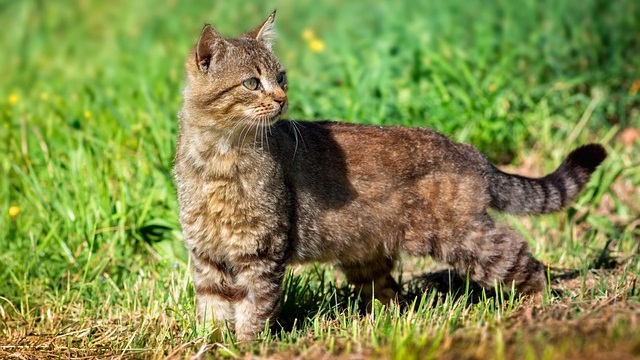
Panting isn’t always caused by heat or excitement. There are serious health conditions that can lead to rapid breathing, open-mouth panting, or labored breathing.
1. Heart Disease and Congestive Heart Failure
Heart conditions, such as hypertrophic cardiomyopathy (HCM), can cause congestive heart failure. This leads to fluid buildup in the lungs and difficulty breathing.
- Signs: Open-mouth breathing, fatigue, coughing, panting at rest.
- Maven’s role: Maven monitors resting respiratory rate. Spikes in these readings can help detect heart disease early.
- More info: Cornell Feline Health Center on heart disease
2. Respiratory Infections or Asthma
Upper respiratory infections or asthma in cats can cause wheezing, coughing, and panting as they struggle to breathe.
- Signs: Sneezing, nasal discharge, labored breathing.
- Maven’s role: Maven tracks breathing in cats and alerts you to deviations in their normal patterns.
- Reference: VCA on feline asthma
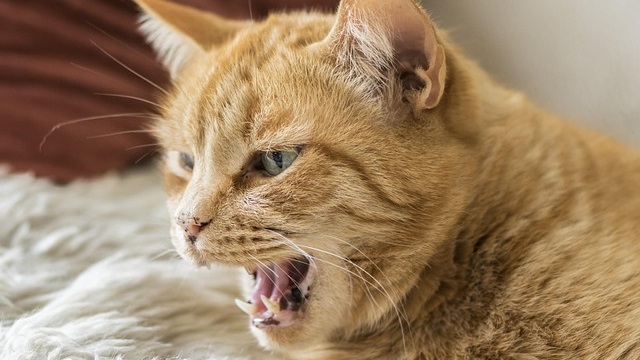
3. Obesity and Reduced Stamina
Obesity contributes to heavy breathing or panting with minimal exertion.
- Signs: Rapid breathing after minor movement, fatigue.
- Maven’s role: Maven helps compare activity and rest trends over time to identify early changes.
4. Pain or Internal Injury
Pain, even if not visible, can cause panting. Cats may pant when they are experiencing discomfort from injury or illness.
- Signs: Hiding, aggression, limping, reduced appetite.
- Maven’s role: Unusual inactivity or changes in sleep can signal discomfort to the AI.
5. Anemia
A reduced red blood cell count forces your cat to breathe faster to make up for the lack of oxygen.
- Signs: Pale gums, panting, weakness.
- Action: Seek emergency care. This can indicate a serious medical emergency.
When to Take Action
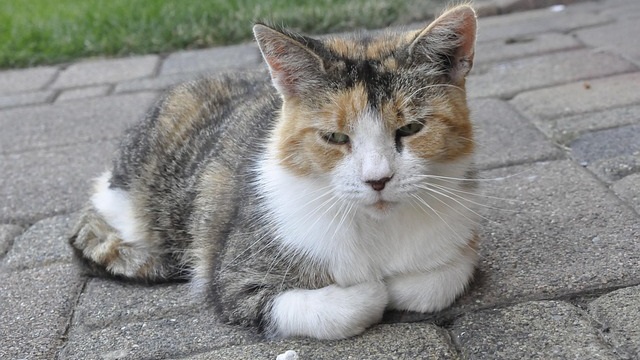
Panting include any time your cat is breathing rapidly or with difficulty. Seek help if:
- Panting is prolonged or happens when your cat is at rest
- Paired with lethargy, vomiting, or hiding
- Your cat is panting with her mouth open or starts panting frequently
- You notice abnormal breathing patterns while they are resting or sleeping
- Your cat is panting like a dog
Even a healthy cat can suddenly exhibit signs of illness. Be prepared to contact your vet at the first sign of respiratory distress.
How Maven Pet Can Help
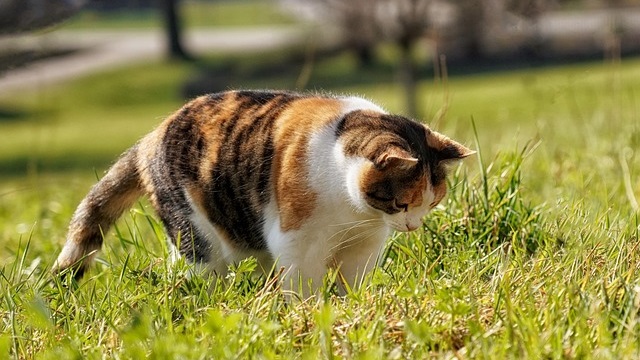
Maven is designed to help cat parents catch the early signs of health issues. With its smart collar and app, Maven offers real-time monitoring and peace of mind:
- Detects respiratory rate and highlights any sudden changes
- Identifies patterns in activity, rest, and sleep disruption
- Logs health concerns and shares summaries with your vet
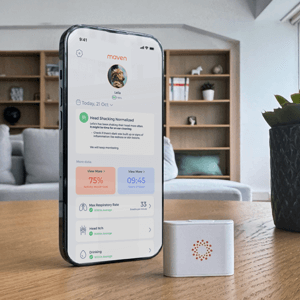
Maven Pet
Health Monitor
#1 Vet-recommended pet monitor! Tracks activity, rest, respiratory rate, water intake, scratching and other health indicators 24/7
Whether your cat is breathing fast, hiding in the carrier after a car ride, or showing subtle signs of illness, Maven gives you confidence and clarity.
Explore the Maven Pet smart collar and support your cat’s pet wellness every day.
Final Thoughts
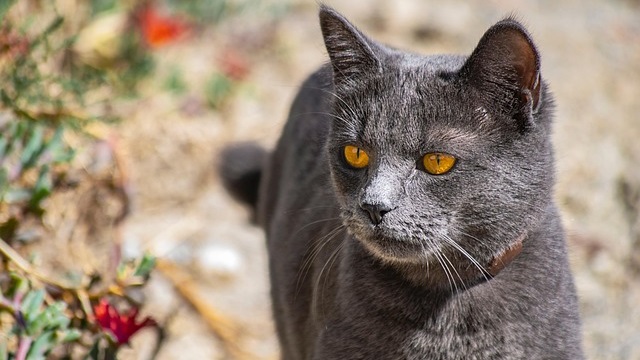
If you’re asking yourself, “why is my cat panting?”—don’t ignore the question. Cats rarely show discomfort unless something is wrong.
By understanding the possible causes, knowing when to worry, and using tools like Maven Pet to monitor subtle signs, you can act early and keep your cat feeling safe, healthy, and well.
Trust your instincts. And trust Maven to help you track what matters most.
Maven Pet focuses on improving the quality of life of our pets with technology, using artificial intelligence (AI) to enable proactive pet care. By accurately collecting and monitoring pet data 24/7 and flagging any irregularities, Maven Pet empowers pet parents and veterinarians to stay ahead of potential health issues, ensuring the well-being and longevity of our beloved companions.

